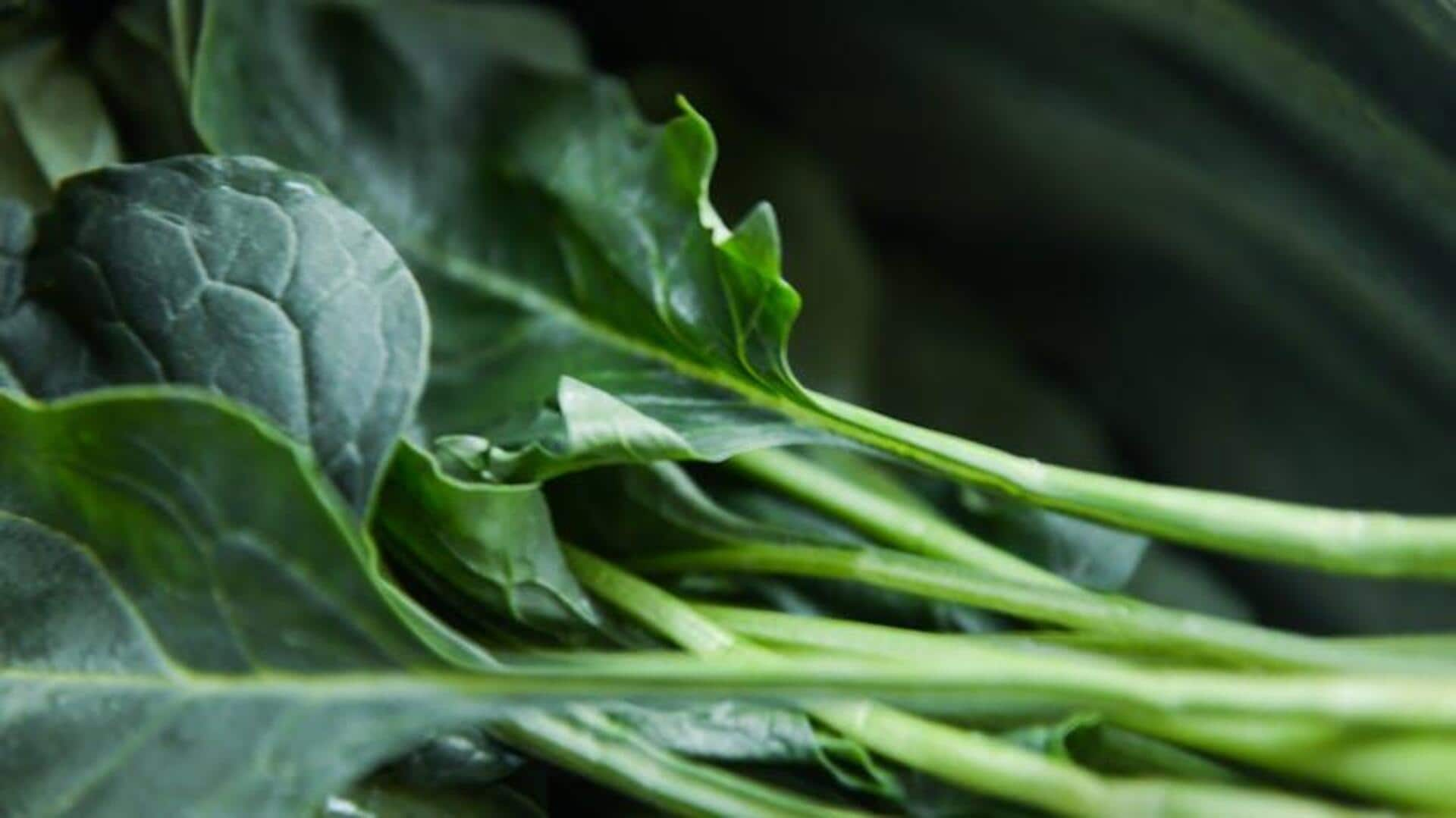
5 must-try leafy greens
What's the story
African leafy greens are making waves for their nutrition and versatility in today's diets.
Often neglected, these greens are packed with vitamins, minerals, and antioxidants.
They provide a sustainable alternative for anyone wanting to add more plant-based ingredients to their meals.
With more individuals opting for healthier living, these age-old greens are gracing kitchens globally.
Here are five African leafy greens revolutionizing modern-day eating.
#1
Moringa: The nutrient powerhouse
Moringa leaves are rich in nutrients such as vitamin C, calcium, and potassium.
Dubbed the "miracle tree," moringa is widely known for its high antioxidant levels and anti-inflammatory properties.
It can easily be added to smoothies or salads for an added nutritional punch.
As a crop that can thrive even in arid conditions, moringa makes for not just a dietary staple but also a sustainable crop.
#2
Amaranth: The ancient grain's green cousin
Amaranth leaves have been used for centuries throughout Africa owing to their rich nutrient profile.
They are high in iron, magnesium, and vitamins A and C.
These leaves can be cooked like spinach or added raw to salads for a nutritious twist.
Amaranth is prized not just for its health benefits but also for the fact that it can grow in varying conditions.
#3
Baobab leaves: A vitamin-rich addition
Baobab leaves also pack an incredible punch of nutrients such as calcium, potassium, and vitamin C.
They are commonly used in soups or stews throughout Africa, adding a tangy taste to them.
Baobab trees, which are called "trees of life," can last for thousands of years and yield food even during dry seasons.
#4
Cassava leaves: A staple with versatility
Across Africa, cassava leaves are a popular part of traditional diets.
They are protein-rich and contain essential amino acids such as lysine and methionine.
These leaves make for an important source of nutrition in places where other sources of protein may not be available.
One can boil or steam cassava leaves before adding them to dishes like stews or curries.
#5
Jute mallow: The slimy delight
Jute mallow is a favorite in several African cuisines, as it has a very unique texture when cooked—it becomes slightly slimy, much like okra, which makes it perfect for thickening soups or sauces naturally without the need for extra thickeners.
This green is loaded with a lot of beta-carotene, along with fiber, making it nutritious as well as interesting to eat when used in meals.